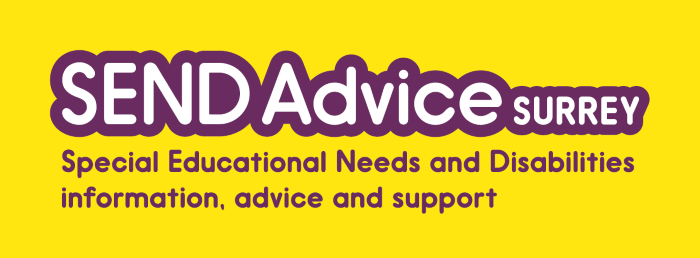Appeals and mediation
Contents
- Introduction
- When to appeal
- Mediation
- How to appeal
- Change or withdraw your appeal
- What happens at the hearing
- If you win your appeal
- If you lose your appeal
- Other types of hearing
- Appealing for an independent setting
Introduction
You can appeal to the SEND Tribunal if you disagree with a decision that Surrey County Council (SCC) has made about your/your child's Education, Health and Care (EHC) needs or plan.
You can appeal if you do not agree with the EHC plan that SCC has made, or if they:
- refuse to carry out an EHC assessment or reassessment
- refuse to create an EHC plan after carrying out an assessment or reassessment
- refuse to change the sections of an existing EHC plan which are about education (sections B, F and I)
- decide you or your child does not need an EHC plan any more.
There are no fees for parents or young people to pay to register an appeal. Some parents/young people may be entitled to free legal support (Legal Aid). Visit GOV.UK to check if you are eligible or to find a legal aid advisor.
You may hear SEND Tribunal (SENDIST) being called First Tier Tribunal (GOV.UK). They also handle appeals against schools or local authorities for discriminating based on a child or young person's disability, and hold the power to make recommendations about health and social care issues.
